Gold Price Charts
View the live spot gold price per ounce, gram, and kilogram. This is the current price at which a troy ounce of gold is traded in the commodities markets. The spot price fluctuates due to global trading, making it important to stay informed on market conditions, current events and other metrics, as they affect both selling and buying of gold. Dealer premiums apply when trading gold bullion.
| Gold Price | Today | Change |
|---|---|---|
| Price Per Ounce (1 oz) | $4563.59 | $42.09 |
| Price Per Gram (0.03215 oz) | $146.72 | $1.35 |
| Price Per Kilo (32.15 oz) | $146719.42 | $1309.30 |
Gold Price Charts
Government-Backed Gold Coins
| Product | Lowest Price | Lowest Dealer Premium | Vendor | Link |
|---|---|---|---|---|
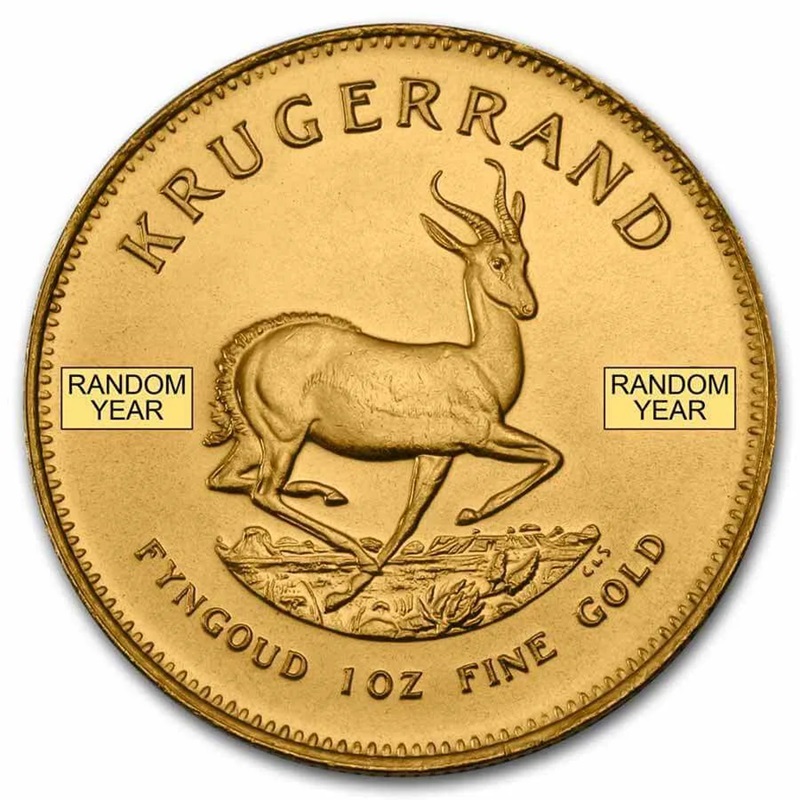 1 oz Krugerrand Gold Coin - Random Year |
$4581.22 | $17.63 (0.39%) | SD Bullion | Compare Prices |
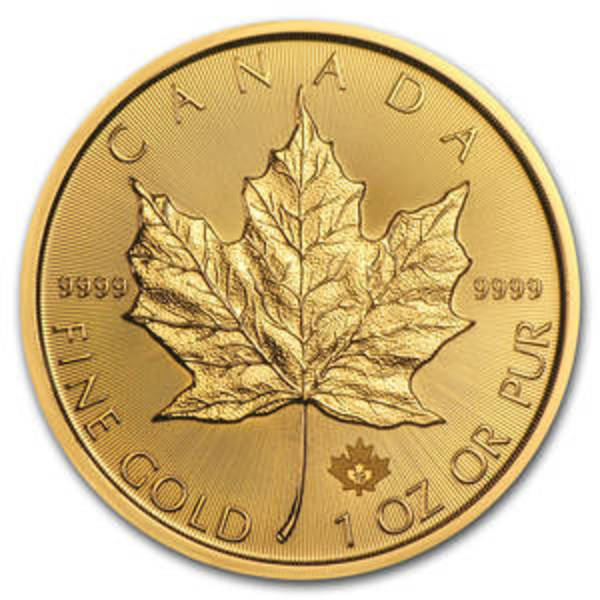 1 oz Gold Maple Leaf Coin |
$4601.22 | $37.63 (0.82%) | SD Bullion | Compare Prices |
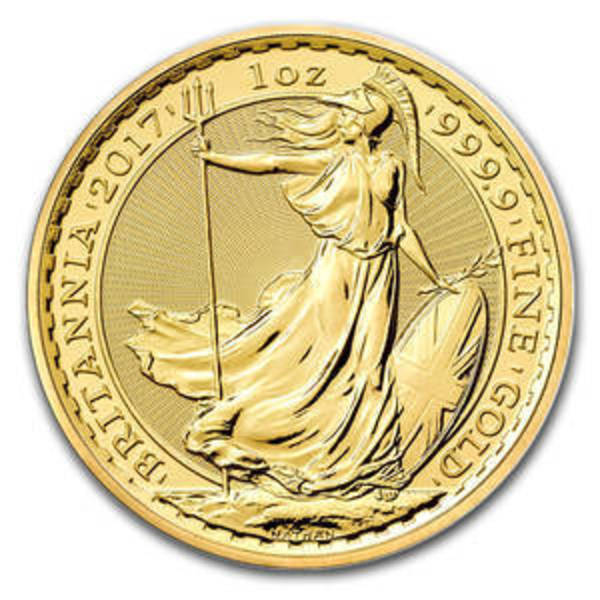 Britannia 1 oz Gold Coin (Random Year) |
$4611.22 | $47.63 (1.04%) | SD Bullion | Compare Prices |
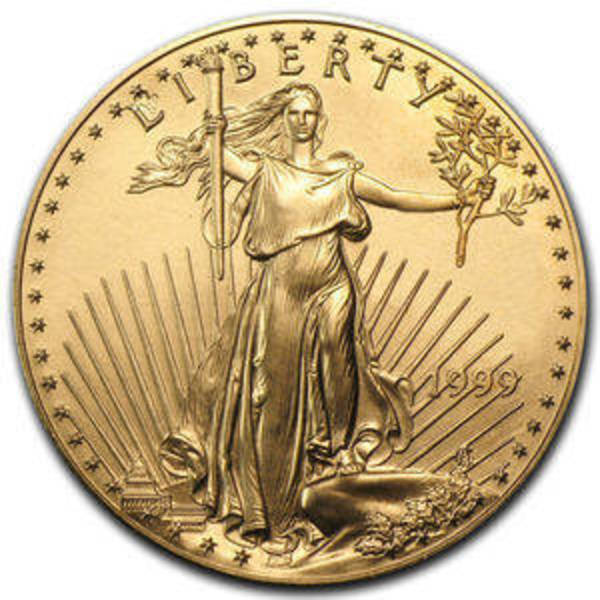 American Gold Eagle 1 oz (Random Year) |
$4654.42 | $90.83 (1.99%) | Monument Metals | Compare Prices |
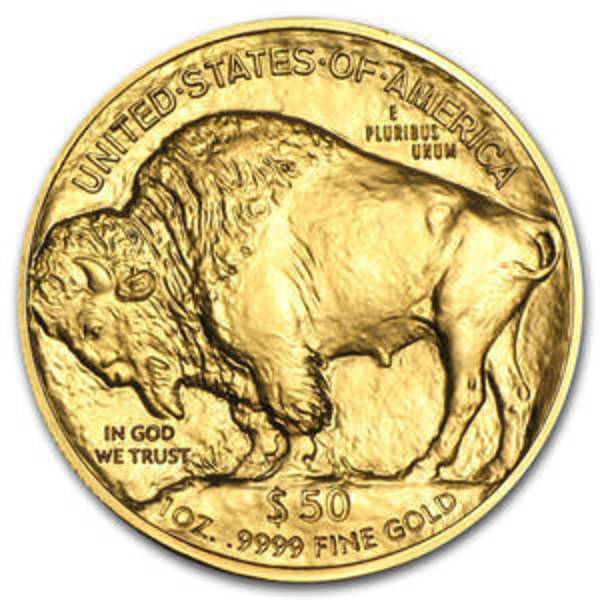 1 oz Gold Buffalo Coin (Random Year) |
$4721.47 | $157.88 (3.46%) | Monument Metals | Compare Prices |
Today’s Gold Price: What “Gold Spot Price” Really Means
Gold Spot Price is the real-time benchmark for unfabricated gold traded on global markets. It reflects the price for prompt settlement (typically T+2) of wholesale bars that meet institutional standards (e.g., London Good Delivery, ≥ .995 fine), and it is quoted per troy ounce (ozt). Dealers, mints, and refiners worldwide reference this price to quote products and manage risk.
Gold Price vs. Gold Spot Price (and Futures)
- Gold Spot Price: Live market price for immediate settlement of wholesale bullion, quoted per troy ounce.
- Gold Futures Price: Exchange-traded contracts (e.g., COMEX) for future delivery. Futures embed carrying costs (financing, storage) and expectations—so they may trade above or below spot.
- Relationship: Continuous trading in London OTC, COMEX futures, and other venues collectively drives price discovery. Retail bullion pricing takes spot as the base input.
Bid / Ask & “Gold Price Per Ounce”
- Bid: What the market (or a dealer) will pay per troy ounce right now.
- Ask: What the market (or a dealer) will sell for per troy ounce right now.
- Spread: Ask − Bid; compensates liquidity providers for risk and execution.
Gold Price Per Ounce on this page reflects live market data; retail bullion prices are then derived from spot.
Market prices are volatile and can change rapidly. Quotes may differ by venue and include latency. All prices shown are informational and not a solicitation to buy or sell. This content is educational and not financial advice. Consider your objectives, time horizon, storage, and taxes when purchasing precious metals.Gold Bullion Price Search
Live Gold Price by Purity and Weight
The current live gold spot price is 4563.66 per troy ounce. The table below features common karat alloys typical of gold coins and jewelry with the current melt value displayed in various denominations including 1 gram, 1/10 oz, 1/4 oz, 1/2 and 1 oz. You can use the melt value below to determine the worth of your item based on the live gold price.
| Karat (Purity) | 1 oz | 1/2 oz | 1/4 oz | 1/10 oz | Per Gram |
|---|---|---|---|---|---|
| 24k (.9999) | $4563.20 | $2281.60 | $1140.80 | $456.32 | $146.71 |
| 22k (.916) | $4180.31 | $2090.16 | $1045.08 | $418.03 | $134.40 |
| 21.6k (.900) | $4107.29 | $2053.65 | $1026.82 | $410.73 | $132.05 |
| 21kt (.875) | $3993.20 | $1996.60 | $998.30 | $399.32 | $128.38 |
| 18k (.750) | $3422.74 | $1711.37 | $855.69 | $342.27 | $110.04 |
| 14k (.585) | $2669.74 | $1334.87 | $667.44 | $266.97 | $85.83 |
| 10k (.417) | $1903.05 | $951.52 | $475.76 | $190.30 | $61.18 |
| 9k (.375) | $1711.37 | $855.69 | $427.84 | $171.14 | $55.02 |
* Spot price is updated every minute
How many grams per ounce of gold?
There are 31.1035 grams in one troy ounce of gold. This measurement is specific to precious metals and is different from the standard avoirdupois ounce used in most other applications, which equals 28.35 grams. While the troy ounce is the standard unit of measurement used in the precious metals industry, some countries track gold price by gram.
What is a troy ounce?
The troy ounce originates from the Roman monetary system that was used throughout the Middle Ages in Europe. The term "troy" is believed to be derived from the city of Troyes in France, a major trading hub in the 9th and 10th centuries where merchants from around the world traded goods.
The troy system spread throughout Europe and over time became the standard for weighing precious metals like gold, silver, and gemstones.
The troy system was introduced into England following the Norman Conquest in 1066. In 1527, King Henry VIII officially adopted the troy ounce as the standard unit of measure for precious metals in England, further solidifying its transactional use. The British Pound Sterling, originally denoting a pound of sterling silver, reflects this ancient connection between weight and currency.
The troy pound is divided into 12 troy ounces, reflecting the old Roman libra. Compared to the avoirdupois system, which is divided into 16 ounces per pound.
Troy oz facts
- 1 troy oz is equal to 31.1034768 grams, compared with an avoirdupois ounce, which is 28.3495 grams.The troy ounce is roughly 10% heavier than the avoirdupois ounce.
- 1 troy pound is equal to 12 troy ounces (373.2416016 grams).
- The troy ounce is often abbreviated as "t oz", "oz t" or "ozt".
- Precious metal prices are almost always quoted in troy ounces.
Today, the troy weight system is used almost exclusively in the precious metals industry. When you buy an ounce of gold or silver, it's a troy ounce. Similarly, when precious metals are mined, they're weighed using the troy system.